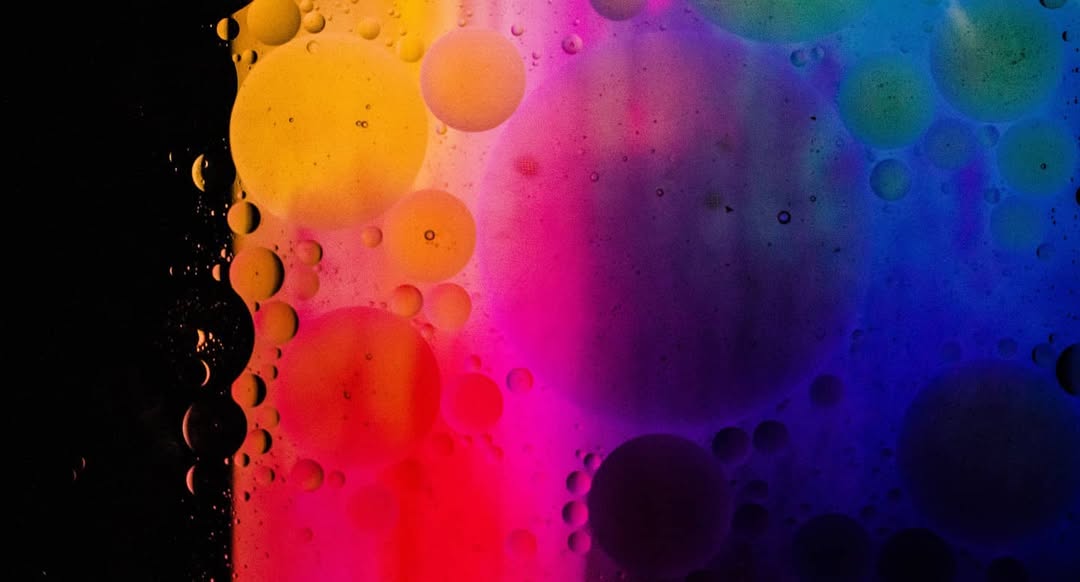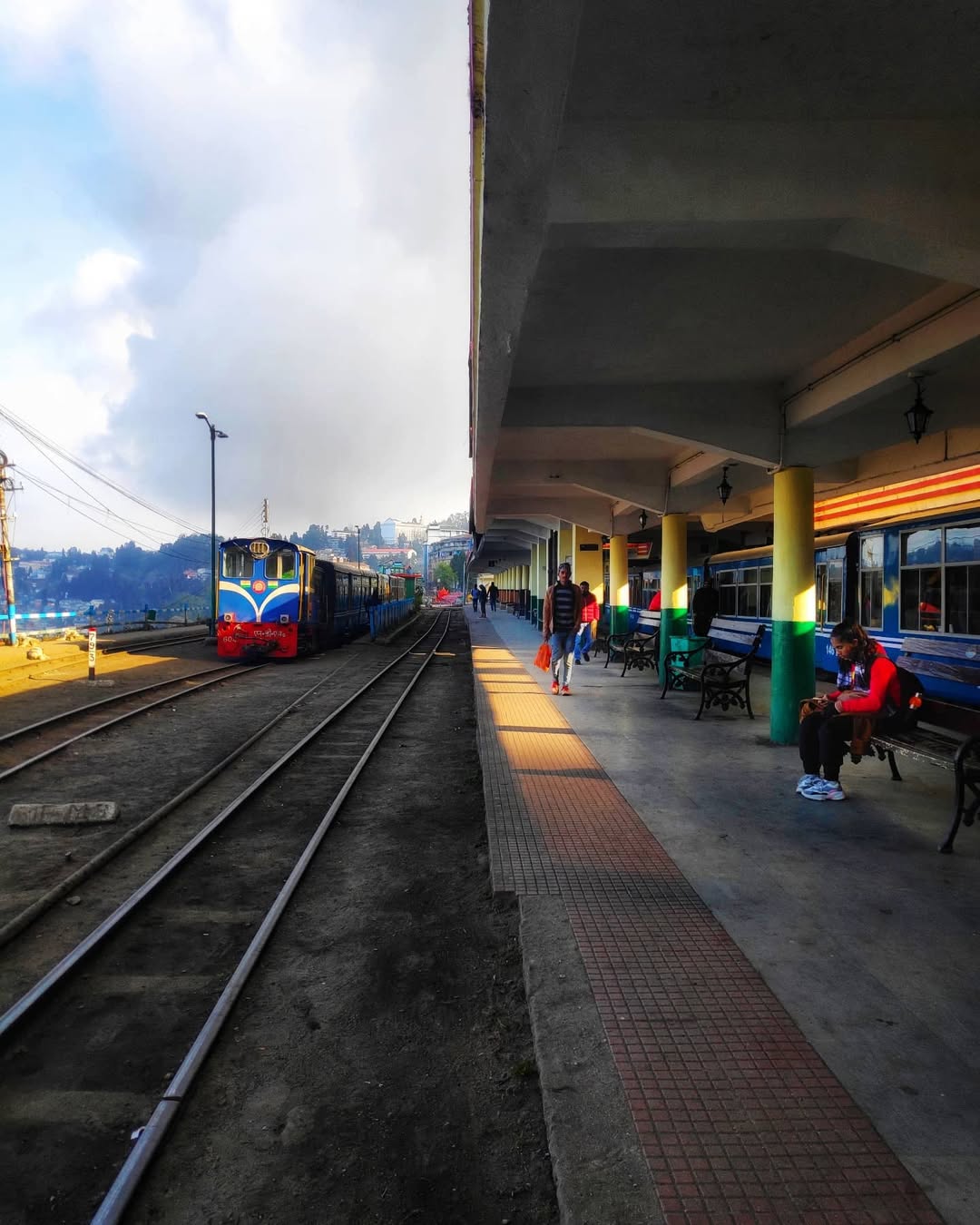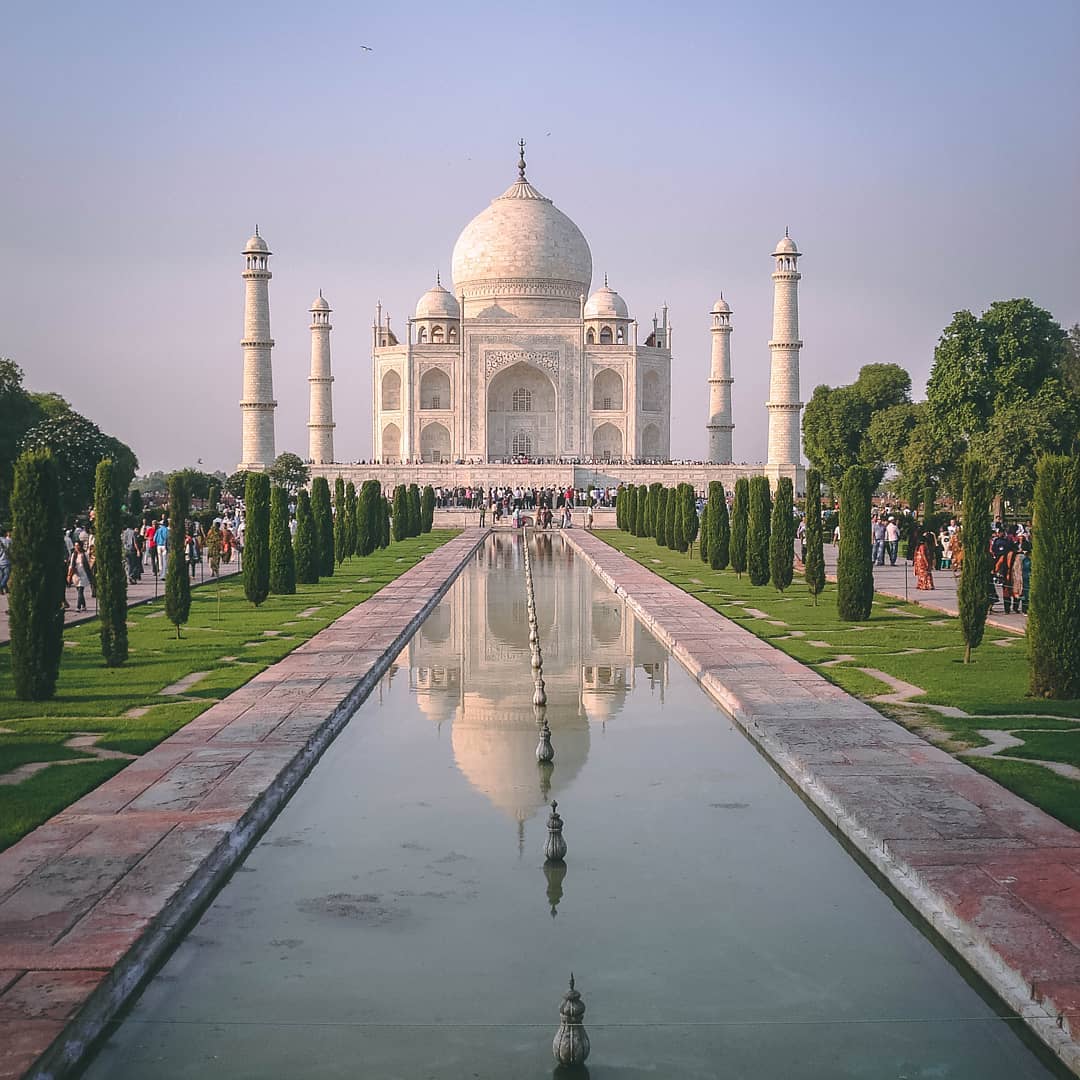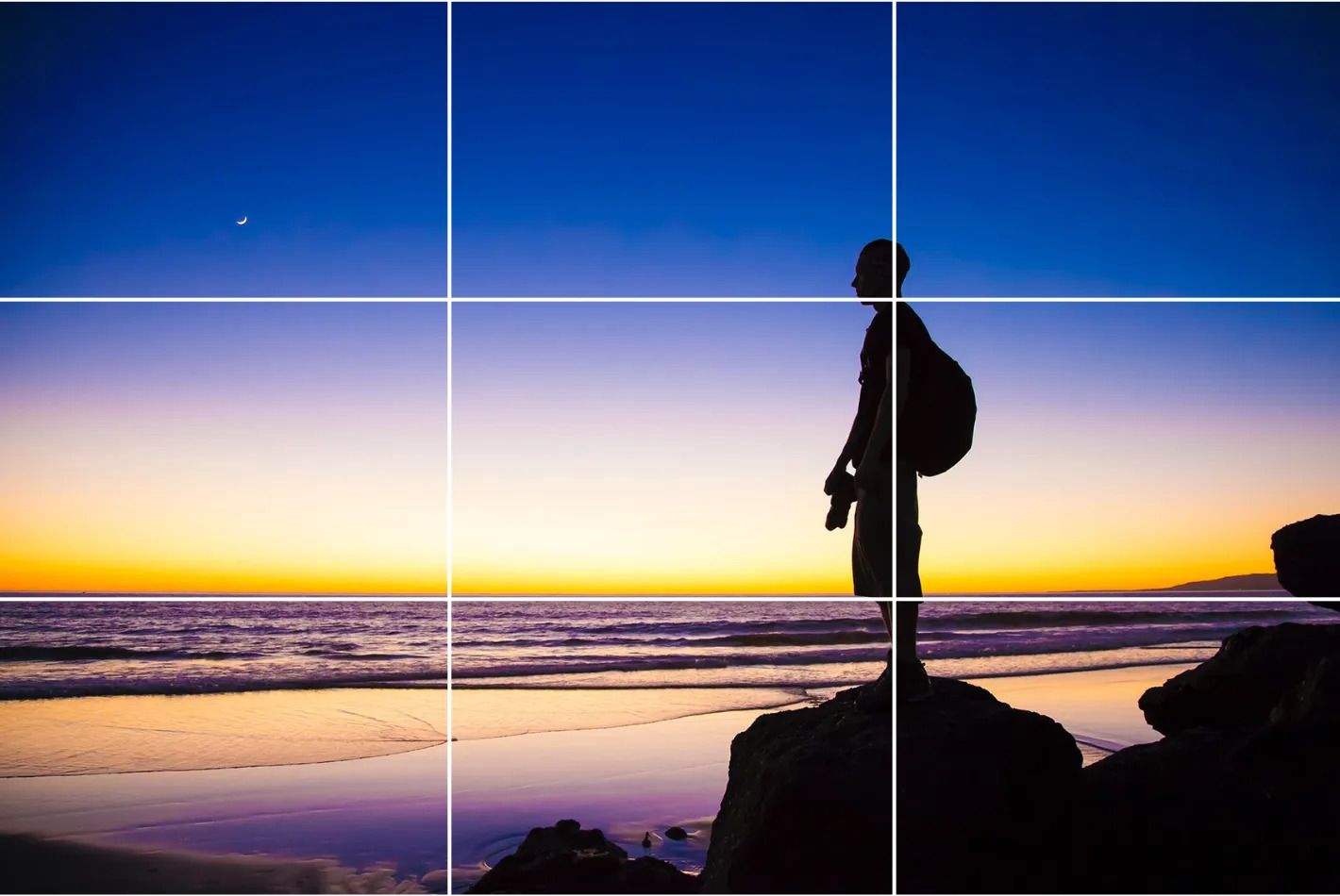Credit: Unsplash
Wondering what all the fuss about photo composition is? Do we really have to abide by the composition and can’t think out of the box? Is it necessary to learn the composition rules? Yes and no.
Composition is a good starting point to see various potential ways to capture photos. No, you don’t have to abide by all the composition rules to make your photos stand out. But, yes, in order to think out of the box, you have to know what’s inside the box. You are not supposed to follow the rules blindly without thinking creatively. Instead, using the rules of composition, you can curate your photo with more meaning.
In the beginning, I was not focusing on composition as I didn’t know what that was or tried to understand. But when I saw a few photos of some extraordinary Indian photographers, I was awestruck. Before that, I was complaining about why people overlooked my photographs. It all came down to composition. I was taking photos but not as a creative photographer. After 1.5 years, I started to see the importance of knowing the rules.
When we are thinking about the great results through our photos, understanding the composition is vital. It will help you to determine whether you want to bring harmony through your image, tell a story, or just attract attention. Now when you master the photography composition, it opens up your vision without even using your camera.
So, here are a few composition rules that I am working on to make my photography better:
- Rule of Thirds
- One of the most common rules of photographic composition is the rule of thirds. It urges you to place your subjects away from the center and create a strong yet natural composition. If you master the rule of thirds, you start to understand how you can use negative space.
- While shooting in landscape or portraits, think about a 3×3 grid that divides the frame into nine equal blocks. Now, your task is to place your subject or subjects on the intersections of two horizontal and vertical lines. When you are using your camera view-finder, you may already see the grids to easily compose the images.
- Triangles
- If you watch things carefully, you will see that triangles are everywhere. When I first noticed it, I was amazed by the realization. Many photos also reveal that it opens up the possibility to utilize the triangle as another photo composition style.
- When we can find and/or add the triangle to a composition, it can make the image even more interesting. Triangle guides the eye to look at a scene vividly. What makes a triangle stand out is its ability to stabilize a photo or unstable it- two completely different sides. Photographs don’t have to have any defining triangle shape but can be perceived.
- Single Point
- Even though the single-point composition is a basic style of photography, it can be captivating if you know how to strategize a scene. A single-point photo can bring a lot more interest with contrast and a small difference in a frame. It has the power to bring balance if one can place the photo in the right place.
- A few years ago, when I visited Bakkhali, West Bengal, I saw fishing sails with the background of the setting sun. I was captivated by the scene, but I hoped that I could capture one sail on the horizon amidst the orangish backdrop. However, there were too many sails, and I had to refrain from taking any shots as the sun went down completely.
- Different Color

-
- I am recently practicing how the addition of a contrasting color can completely change the look of a composition. What I have found is that the touch of a different color has the power to convey a strong message through the images.
- Of course, you can also use a bold color pallet to make the subject stand out. Now, if you have a bold subject, it’s best to go for lighter colors to compliment the subject. Once I was experimenting with oil-on-water photography, and it helped me see how colors mystify or simplify a frame.
- Tonal Contrast
- If you have traveled to mountains, you know how the environment helps to create contrast between mountain tops. It looks like layers of the same colors with different contrast come together to frame the scenery.
- Just as different colors form an exclusive color pattern, contrast adds to the composition. The monochromic tone ensures that the subject stands out, just like in black-and-white photos, revealing all the textures and details.
- Frame Within A-Frame
- I love photos with inner framing; they give any simple photograph a new and fresh perspective. Frames smoothly direct the viewers to focus on a particular area, leaving a path to explore the scene.
- When you place a frame to draw attention to a certain point, it adds depth to the story. Framing in the background helps to highlight your subject in the foreground. In reverse, framing in the foreground builds up our attention to focus on a scene.
- Visual Balance

-
- What does it mean by a visual balance in photography? It’s a composition that balances the visual elements in a scene to create appealing shots.
- At first, I thought that photos with complete balance in left-and-right or up-and-down are what visual balance is about. However, it has a broader definition and doesn’t always mean symmetrical, but also asymmetrical.
- Balanced photos always look more appealing to our eyes than random placement of elements. In order to capture balanced photos, photographers have to calculate where to position them or position the elements.
- As the symmetric photo drives our interest in the subject, the asymmetric photo intrigues the viewers. Symmetric photos follow the rules, but asymmetric photo breaks the rules, creating an informal balance in a photo. Both styles of the visual balance require practice from your side.
- Leading Lines

-
- When one or more lines lead our eyes to a particular subject or scenery, it creates a beautiful frame. Lines always draw our attention to them, and as a photographer, it’s wise to include leading lines in your photos.
- Leading lines bring a new perspective to your image, urging your audience to view it more purposefully. We find these leading lines all along with our everyday lives, like roads, buildings, bridges, etc. These lines become narrow from our eye-perspective when they are away from us, leading our eyes to something at the end.
- Golden Ratio
- It’s something that I haven’t been able to capture till now, but I am extremely excited about it. Usually, the Golden Ratio focuses on the aesthetic part of photography. When we put the spiral over an image, and if the frame is able to manage the golden ratio rule, it enhances the visual impact.
- In nature, we very often come across the Golden Ratio. It has a deep connection to architectural design and artistic photography. What’s interesting about the ratio is its connection with The Fibonacci Sequence.
- But how can you incorporate the spiral in your photo composition? While taking a shot, visualize the golden ratio over your frame. If you see that you need to change the angle to get the ratio right, and it adds flavor to the image, go for it.
- Once you start to observe things more closely, you will be astonished that these compositions are everywhere. Also, you can arrange them yourself for portrait shots, product photography, etc. As you practice regularly, your mind and eyes will find the possibilities.









